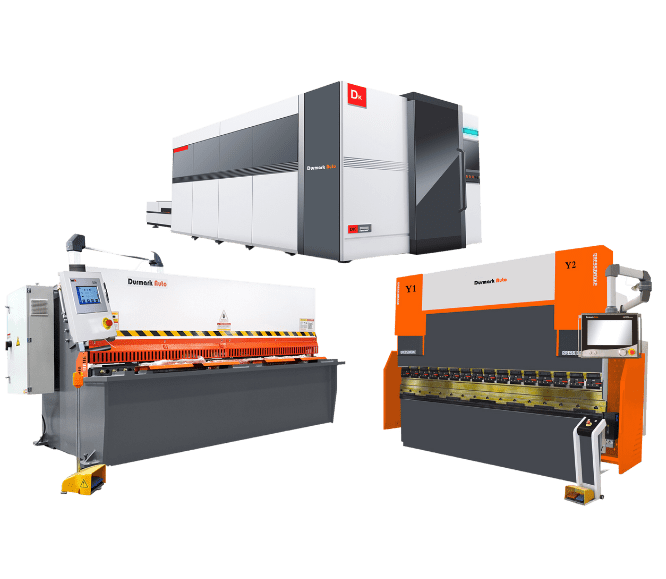
Request a Quote

Request a Quote

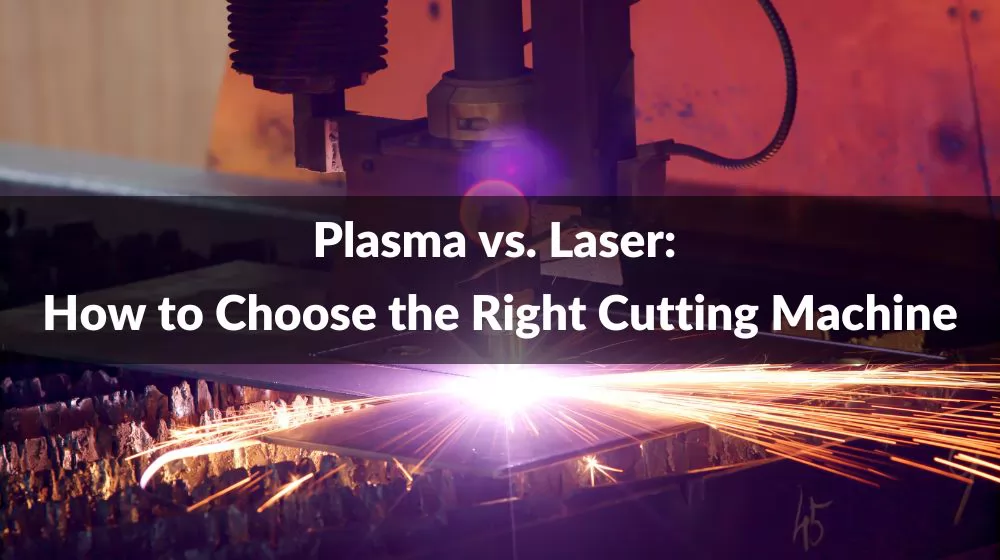
In the modern manufacturing industry, the cutting machine is an important equipment, and when choosing a suitable cutting machine, there are often two options: laser cutting machine and plasma cutting machine. These two cutting techniques each have unique characteristics and areas of application, and it is important to understand their strengths and differences. This article will explore the differences between laser cutters and plasma cutters and provide some guidance to help you choose the right cutter for your needs.
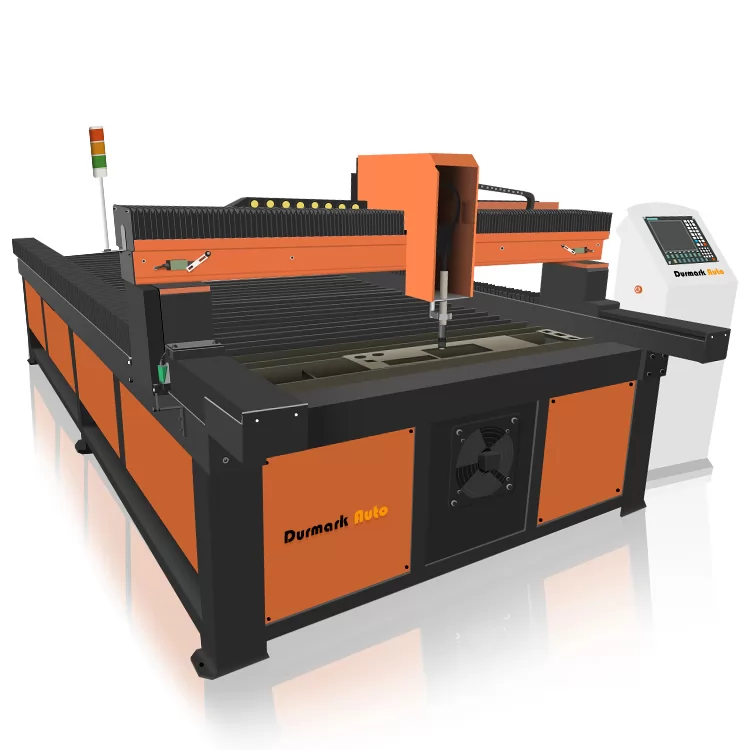
Compared with laser cutting machines, plasma cutting machines were used earlier, dating back to the 1950s. Plasma cutting machines can easily cut heavy and thick materials.
A plasma cutting machine is a device that uses plasma to cut materials. Plasma is a highly activated gas consisting of ionized gas molecules and free electrons. In a plasma cutting machine, the gas is converted to a plasma state by injecting energy, usually an arc discharge or laser beam, into the gas.
Plasma cutting machines use high-energy plasma streams to cut metal materials by ionizing gas into plasma. Its working steps include gas introduction, arc initiation, plasma generation, directing the plasma flow to the cutting area, and using the plasma flow to heat and cut the material. Precise cutting shapes can be achieved by controlling the intensity, speed and direction of the plasma stream. Steel, stainless steel, aluminum, brass, and copper are common materials cut by plasma torches. Only conductive metals should be used with plasma torches because the workpiece completes the electrical circuit. plasma cutting machines are widely used in manufacturing workshops, automotive repair and restoration, and industrial buildings.
Plasma cutting machine has the advantages of high efficiency, precision and multi-material applicability in the field of metal processing and manufacturing, so it is widely used in industrial production.
Advantages over laser cutting machines
Plasma cutting offers the versatility to target different types of metals. An electric arc is used to cut any conductive metal. They can often do a job in a quarter of the time of any other cutting tool.
Advantages over laser cutting:
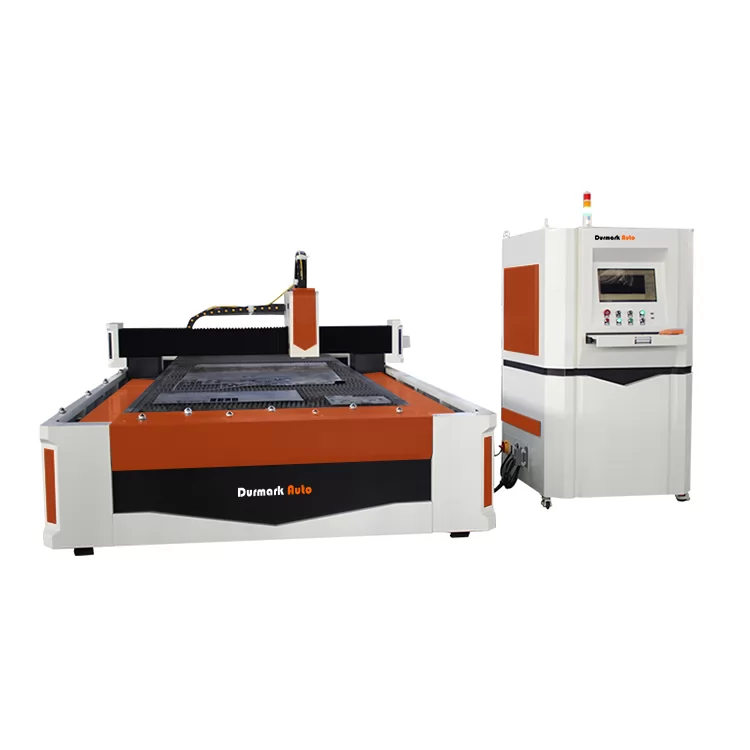
laser cutting machines utilize high-powered, computer-operated lasers. The core component is an optical fiber containing elements such as erbium, thulium, and dysprosium.
A laser cutting machine achieves cutting by focusing a high-energy laser beam, concentrating the laser energy on a very small area, causing the material to be heated and melted, vaporized or burned.
Laser cutting machines usually use lasers as energy sources, and commonly used laser types include CO2 lasers, fiber lasers, and solid-state lasers. The laser beam generated by the laser is focused by the lens system to form a laser beam with high energy density.
The laser cutting machine generates high-energy laser beams through lasers, which are focused and assisted by gas injection to achieve high-precision cutting of materials. The laser beam interacts with the material, causing the material to be heated and melted, vaporized or burned, and the auxiliary gas blows away the melted material, thereby achieving cutting. Laser cutting machine has the characteristics of precision, high speed, non-contact and small heat-affected area. It is suitable for cutting various materials. Laser cutting is widely used in electronics, medicine, aircraft, transportation and other fields. Due to the laser's ability to perform precise cutting and finishing, it is primarily used for cutting metals such as tungsten, steel, aluminium, brass or nickel. Lasers are also used to cut wood, silicon, ceramics and other non-metals.
The benefits of laser cutting machines can be summarized as follows: high-precision cutting ability, non-contact cutting to reduce material damage, fast and efficient production speed, suitable for a variety of materials, and automatic control to improve production efficiency.
Advantages over plasma cutting machines:
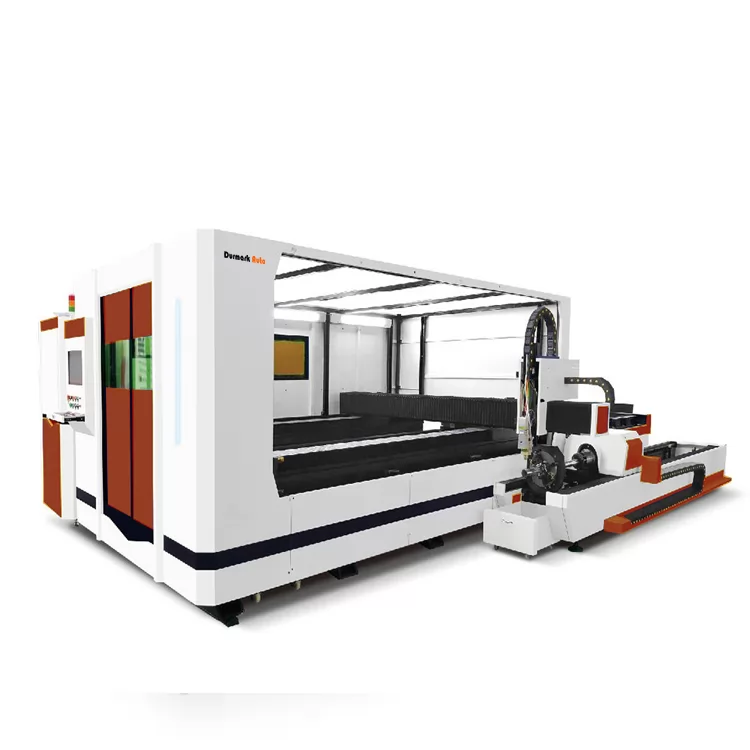
Both types of cutting machines have their own advantages, and factors such as cutting requirements, material type, cost and production efficiency need to be considered comprehensively. If you want to know more about related knowledge, please contact Durmark, we will provide you with the most effective help.
.png)


